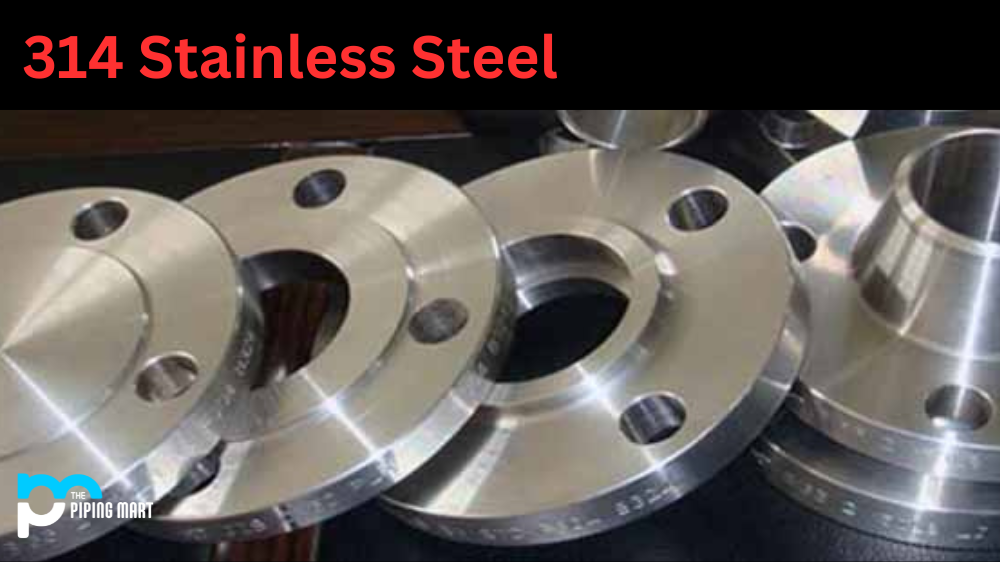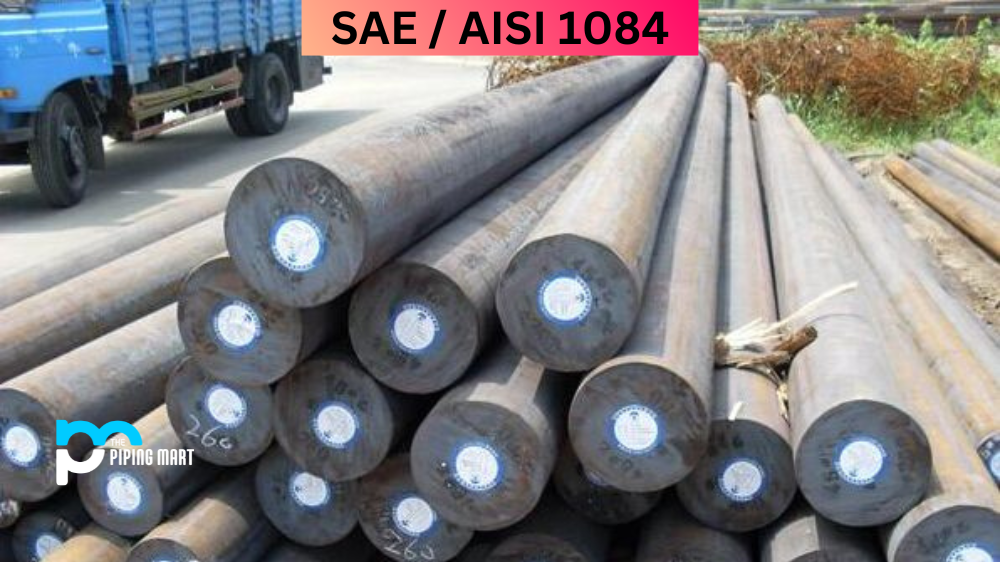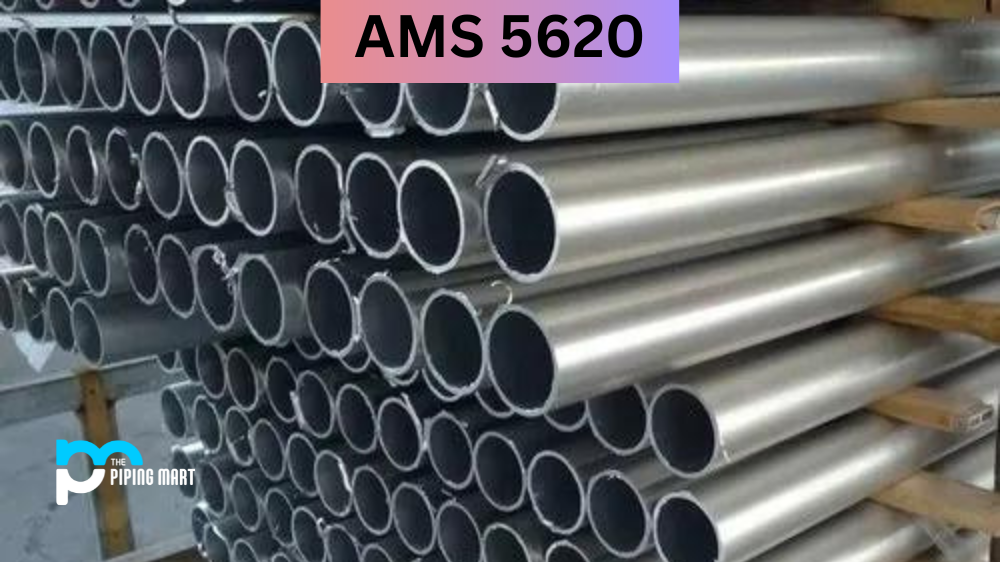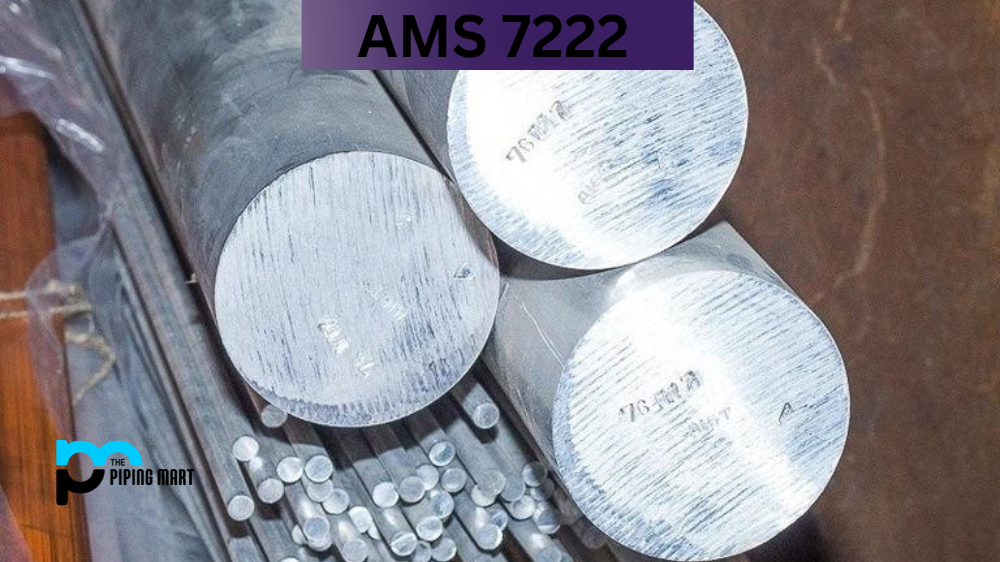Stainless steel has become famous for various applications due to its ability to resist corrosion and high strength-to-weight ratio. One type of stainless steel is gaining traction is the 314 stainless steel. This post will explore 314 stainless steel’s composition, physical and mechanical properties, uses, corrosion resistance, heat treatment, machining, and welding. By the end of this post, you will have a comprehensive understanding of the material and how it can be used in various contexts.
What is 314 Stainless Steel?
314 stainless steel is an alloy of iron, nickel and chromium. It offers superior corrosion resistance and high-temperature strength compared to other steel alloys. 314 stainless steel is often used in food processing equipment, chemical tanks, heat exchangers and industrial appliances due to its excellent performance characteristics.
314 Stainless Steel Composition
314 stainless steel is austenitic stainless steel composed of iron, chromium, nickel, molybdenum, and silicon. Like other stainless steel types, it has high corrosion resistance and is known for its exceptional strength and durability.
| Element | Content (%) |
|---|---|
| Iron, fe | Balance |
| Chromium, Cr | 23-26 |
| Nickel, Ni | 19-22 |
| Manganese, Mn | 2 |
| Silicon, Si | 1.5-3 |
| Carbon, C | 0.25 |
| Sulfur, S | 0.03 |
| Phosphorous, P | 0.045 |
314 Stainless Steel Physical Properties
314 stainless steel has a density of 7.8 g/cm3, making it a relatively heavy material. It also has a high melting point of 1350-1400°C and a boiling point of 2927°C. Its electrical conductivity is lower than copper’s, but it remains a good conductor of electricity. The material also has a low thermal expansion rate and a high heat transfer coefficient.
| Density at 20°C kg/m3 | 7.9 | |
|---|---|---|
| Thermal Conductivity W/m K at | 20°C | 15 |
| 500°C | 19 | |
| Specific Thermal Capacity at 20°C J/kg K | 500 | |
| Electrical Resistivity at 20°C Ω mm2/m | 0.9 | |
| Coefficient of linear thermal expansion 10-6 K-1 between 20°C and | 200°C | 15.5 |
| 400°C | 17.0 | |
| 600°C | 17.5 | |
| 800°C | 18.0 | |
| 1000°C | 19.0 | |
314 Stainless Steel Mechanical Properties
314 stainless steel possesses impressive mechanical properties. For example, it has a tensile strength between 610-800 MPa, a yield strength of 275 MPa, and a high percentage elongation. It also has good toughness, making it ideal for applications requiring high strength.
| Properties | Metric | Imperial |
|---|---|---|
| Tensile strength | 689 MPa | 99900 psi |
| Yield strength | 345 MPa | 50000 psi |
| Modulus of elasticity | 200 GPa | 29000 ksi |
| Elongation at break (in 50 mm) | 40% | 40% |
| Hardness, Rockwell B | 85 | 85 |
314 Stainless Steel Corrosion Resistance
314 stainless steel is corrosion-resistant in many environments, including chlorine solutions and other corrosive agents. It also maintains its strength and durability when exposed to high temperatures, making it suitable for chemical and petrochemical industries.
314 Stainless Steel Equivalents
| AFNOR Z 12 CNS 25.20 | DIN 1.4841 | UNI X 16 CrNiSi 25 20 | UNI X 22 CrNi 25 20 | JIS SUS Y 31O |
| B.S. 310 S 24 | AMS 5522 | AMS 5652 | ASTM A276 | ASTM A314 |
| ASTM A473 | ASTM A580 | SAE 30314 | SAE J405 (30314) |
314 Stainless Steel Uses
Because of its excellent mechanical properties and high resistance to corrosion, 314 stainless steel is used in various applications. Its common uses include chemical and oil refining equipment, heat exchangers, furnace parts, and jet engine components.
314 Stainless Steel Heat Treatment
Heat treatment is often used to improve the strength and hardness of 314 stainless steel. The material can be annealed at temperatures ranging from 1038-1121°C, eliminating the work-hardening effect and improving ductility. It can also be heated to temperatures of 1038-1204°C, which results in the precipitation of chromium carbides and enhances strength.
314 Stainless Steel Machining
314 stainless steel is difficult to machine due to its high strength and low thermal conductivity. However, it can be machined using carbide tools and lubricants to reduce heat buildup.
314 Stainless Steel Welding
314 stainless steel can be welded using TIG or MIG methods. It is essential to ensure that the material is clean and free of contaminants before soldering to prevent the formation of defects. Post-welding annealing can also improve the strength and durability of the weld.
Conclusion:
314 stainless steel is a versatile austenitic stainless steel with impressive mechanical and physical properties. Its high resistance to corrosion and ability to maintain its strength at high temperatures make it ideal for use in various industries. Understanding its properties, uses, and treatment methods can help you make informed decisions when considering 314 stainless steel for your next project.

Meet Bhavesh, a seasoned blogger with a wealth of knowledge and experience. From metal products manufacturing to retail, Bhavesh has a diverse background in various industries and is dedicated to sharing his insights and expertise with readers.




